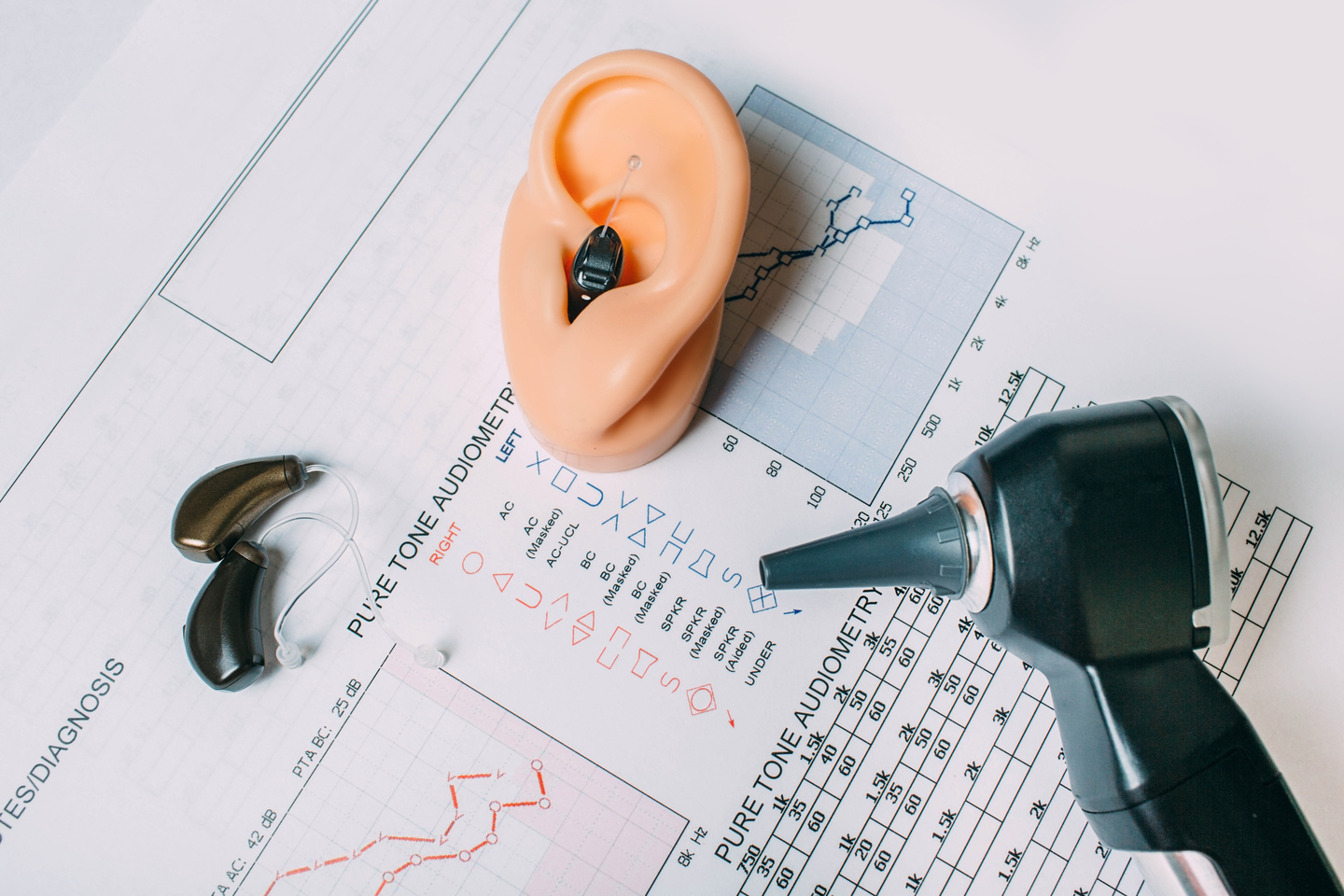What is Otosclerosis?
Stapes Fixation: Causes, Effects, and Treatment Options
The ear can be divided into three portions: the outer ear, the middle ear, and the inner ear. The middle ear houses the three smallest bones of the body (the malleus, incus, and stapes) which work in conjunction with each other to convert vibrational energy from sound into electrical energy that is sent to the brain. The stapes, which looks like a tiny shoe horn, can present with abnormal resorption or deposition on its footplate region that gradually causes the stapes to become fixed. This abnormal resorption or deposition can occur at the footplate of the stapes and/or the bone of the cochlear capsule, which makes up the inner ear The lack of mobility of the stapes that arises leads to a conductive hearing loss that progressively worsens as the disease worsens.
Who is most at risk for developing Otosclerosis?
Otosclerosis is known as a hereditary bone disorder. This means that individuals who have a family history of the disease are at higher risk.
What are the symptoms of Otosclerosis?
The symptoms of otosclerosis include:
- Progressive hearing loss over a few years, especially low pitched noises
- Tinnitus
- Hyperacusis
- Autophony
- Dizziness
How is Otosclerosis diagnosed?
Otosclerosis can be diagnosed by an experienced ENT, or fellowship trained Otologist (ear surgeon). Your ear specialist will first need to take a detailed history, including familial history and symptoms. The otologist will also perform several exams in the clinic, which primarily include microscopic inspection of ear, audiogram, and/or CT scan.
What are the treatment options for Otosclerosis?
Otosclerosis can be treated through the utilization of a hearing aid or surgical procedure. Some studies have also shown that supplementation with fluoride may help in slowing the progression of this disorder. In most mild cases of otosclerosis and hearing aid can be used to help amplify sound and temporarily alleviate symptoms. However, in most cases, surgical intervention will be needed to provide more permanent solutions in alleviating the symptoms.
The surgical intervention utilized to correct otosclerosis is known as a Stapedotomy. This minimally invasive procedure involves removal of the stapes bone, which lies between the incus and the inner ear, and replacing it with a prosthetic alternative restoring the patient’s hearing.
This surgery is an outpatient procedure, meaning you are discharged home on the same day of surgery. The recovery time is short with patients getting back to their normal activities of daily living in about a week.
What is a bone anchored hearing aid (BAHA)?
A bone anchored hearing aid is utilized to treat hearing loss through enhancement of bone conduction, which assists in transmitting sound to the inner ear. It is a surgically implanted device made up of three components:
- Titanium implant
- External support structure
- Hearing device
The procedure begins with the insertion of the titanium implant behind the ear, which is then connected to the external support structure where the hearing device will rest on. Both the external support structure and the hearing aid are small enough that they are usually able to be covered by the patient’s hair so that it is barely visible.
Who is the best candidate for a BAHA?
The best candidate for these implants are patients with a history of severe outer or middle ear malformations, single-sided deafness, or patients who suffer from chronic ear infections.
Typically, this hearing aid is utilized if traditional hearing aids are not useful or suitable for the patient.
What is the recovery process after implantation of a BAHA?
The procedure to implant a BAHA hearing aid is an out-patient procedure that is performed in around 20 minutes under local anaesthesia. Due to this minor surgical procedure the patient is able to go home the same day.
At this stage, it takes around 4 weeks for the implant to fully engulf itself under the skin and heal correctly, which is why the BAHA implant will not be activated until this period of time is over.








